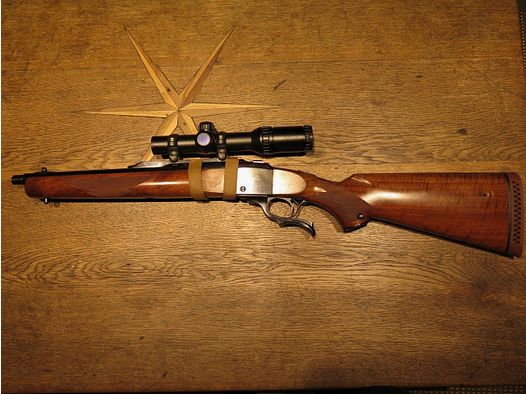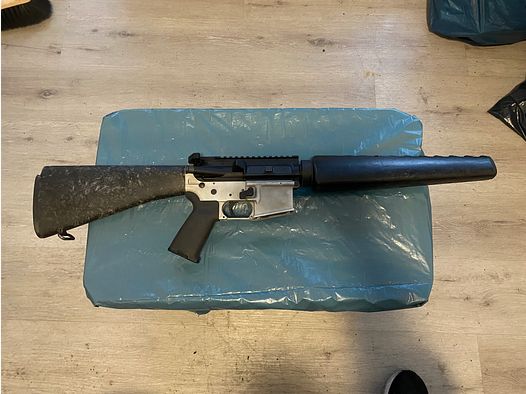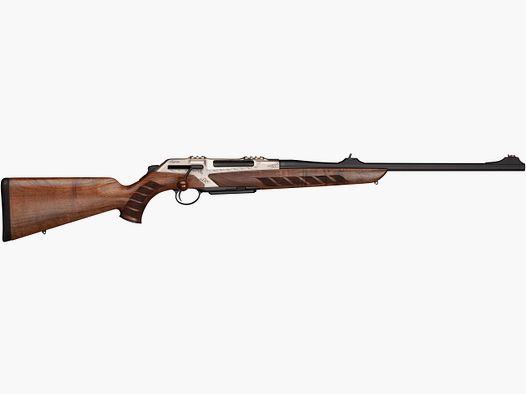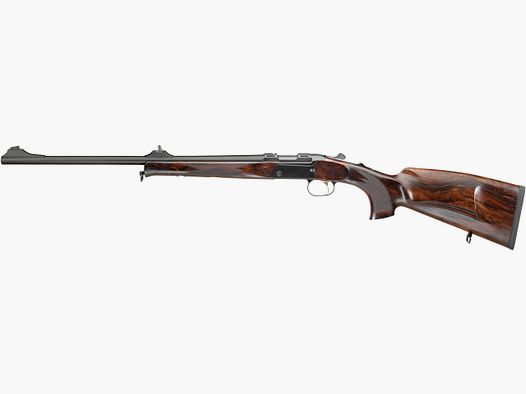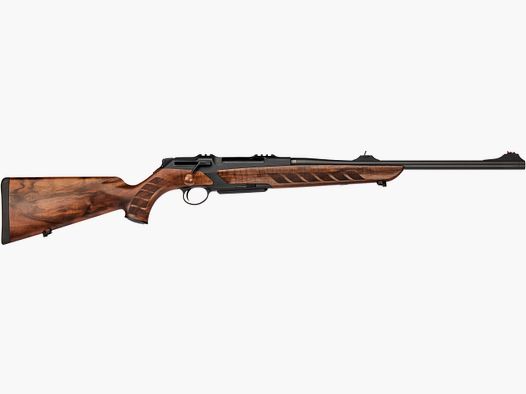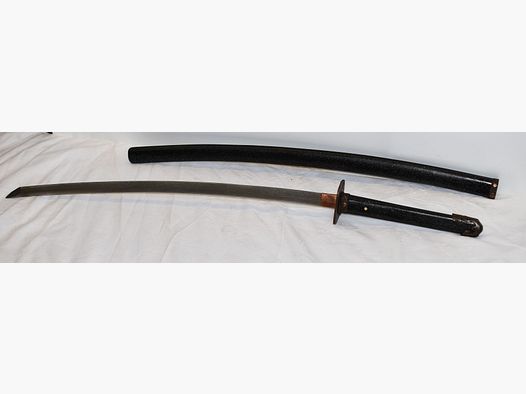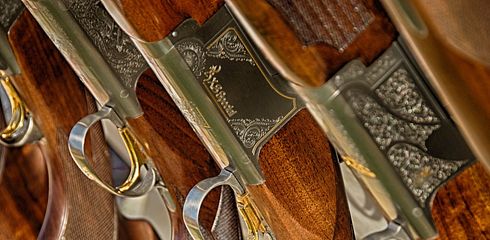What belongs to predatory animals?
In Germany, there is a variety of predator species, including:
- Foxes
- Minks
- Badgers
- Raccoons
- Wildcats
- Wolves
- Lynxes
These animals live in different parts of the country and can occur with varying frequency depending on the region. For example, foxes and minks can be found in almost all areas of Germany, while wolves and lynxes are only native to a few regions. Important for hunters: Wolves and lynxes are indeed predator species, but they do not belong to "game" - as they are not subject to hunting law.
If wolves are shot due to ministerial orders, they are not "taken" but "removed" - a legal distinction.
Regarding predator species, it is important for hunters to observe the closed seasons for each type of predator to protect and maintain the populations. The hunting methods and conditions also vary for each species and must be adjusted accordingly.
Why are badgers and foxes hunted?
There are various reasons why badgers and foxes can be hunted. A common reason is population control to prevent or minimize damage to agriculture. Badgers and foxes can damage fields and gardens, leading to losses in agricultural products. Hunting can be a way to reduce these damages. A more important reason is that badgers and foxes have no natural predators; however, an excessively high population of predators can negatively impact the populations of hares and game birds.
What are neozones?
Neozones are areas where wildlife species settle that were not previously native to that region. This can happen in various ways, such as through natural spread, human introduction, or climate change, which can improve living conditions for certain animal species.
In Germany, there are some examples of neozones, such as:
Raccoons: The raccoon (Procyon lotor) is a wildlife species originally from North America. It was introduced to Europe in the 1920s and has since become native to many countries in Europe, including Germany.
The introduction of raccoons to Europe was originally for economic reasons. The animals were specifically kept as exotic pets, and their fur was highly sought after. However, in the 1980s, stricter laws were introduced for fur trade, and many raccoons were released or escaped from breeding farms. Since then, the population of raccoons in Europe has increased significantly, and they have become native to many areas.
Raccoons are classified as neozones in Germany and can have both positive and negative impacts. For example, they can act as beneficial animals by controlling pests like mice and rats, but they can also cause damage to agriculture or other areas. Since they have no natural enemies, they are usually hunted intensively like the raccoon dog.
Mink: Minks were also not native to Germany but originally come from North America. They were introduced to Europe in the 1950s as breeding animals for fur and have since settled in many areas of Germany.
Raccoon dog: The raccoon dog (Nyctereutes procyonoides), also known as the raccoon dog or tanuki, is an Asian wildlife species originally from China and Japan. It was introduced to Europe in the 1920s and has since become native to many countries in Europe, including Germany.
The introduction of raccoon dogs to Europe was originally for economic reasons. The animals were specifically kept for fur farming, and their fur was highly sought after. However, in the 1980s, stricter laws were introduced for fur trade, and many raccoon dogs were released or escaped from breeding farms. Since then, the population of raccoon dogs in Europe has increased significantly, and they have become native to many areas.
Raccoon dogs are classified as neozones in Germany and can have both positive and negative impacts. For example, they can act as beneficial animals by controlling pests like mice and rats, but they can also cause damage to agriculture or other areas. It is therefore important to carefully monitor the impacts of raccoon dogs and take measures if necessary to reduce negative effects.
Neozones can have both positive and negative impacts. On one hand, they can contribute to increased biodiversity and species diversity. On the other hand, neozones can also lead to certain animal species overpopulating and causing damage to agriculture or other areas. It is therefore important to carefully monitor the impacts of neozones and take measures if necessary to reduce negative effects.
What does game birds mean?
Game birds is a term for wildlife that have feathers, i.e., birds:. The most common species of game birds in Germany include:
- Ducks
- Geese
- Partridges
- Pheasants
- Doves
What equipment is recommended for predator hunting?
Weapon for predator hunting
A combination weapon like a drilling or double-barreled shotgun is suitable for most hunting situations - whether through a bullet shot, a shot load, or a small caliber via an insert barrel.
The best caliber for predator hunting
The .22 Hornet caliber is a small caliber primarily used for hunting smaller predators and sometimes for hunting birds. It was developed in 1930 by Winchester and has since become a popular choice for hunters looking for a lightweight and handy weapon with good shooting performance.
The .22 Hornet caliber has a smaller cartridge than many other calibers and is therefore less powerful. It is particularly well-suited for hunting smaller predators, such as foxes or minks. However, it is not suitable for hunting larger game, such as red deer or wild boars, as it does not have enough shooting power. The .22 Hornet caliber is mainly used in shotguns and small caliber rifles. It is important for hunters to choose a weapon and ammunition that they can handle well and with which they can shoot safely and accurately.
Heated clothing
Heated clothing can be a useful addition for outdoor activities, especially in cold temperatures. This type of clothing is equipped with integrated heating elements that can be activated at the push of a button to provide warmth.
There are various types of heated clothing, including jackets, vests, gloves, and socks. These garments can be powered by batteries and usually have multiple settings to regulate the heat intensity.
Heated clothing can be particularly beneficial for people who are sensitive to cold temperatures or who spend long periods outdoors. It can also be useful for people with health limitations who cool down more quickly.
It is important to note that heated clothing is not a substitute for appropriate layering and that it is not suitable for every situation. It is also important to ensure that the batteries are regularly charged and that the clothing is maintained according to the manufacturer's instructions.




